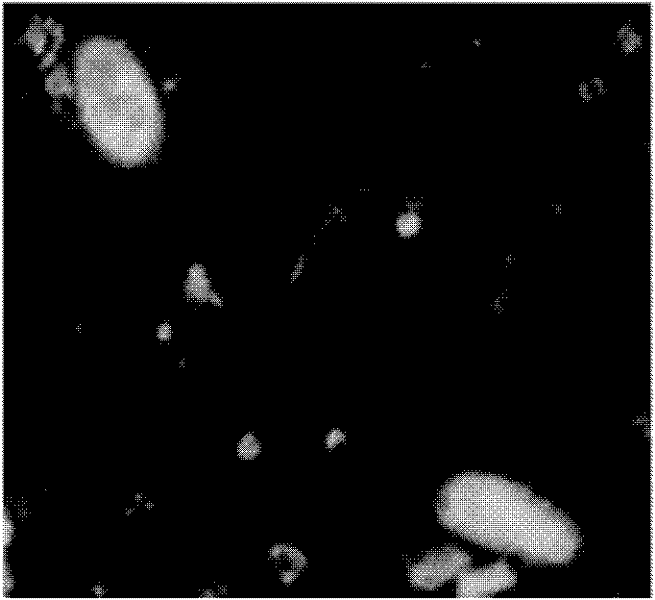Cultivation Method of Cucumber Introgression Line Material Resistant to Meloidogyne incognita
A technology of root-knot nematode incognita and its breeding method, which is applied in the field of cultivation of cucumber introgression line materials resistant to root-knot nematode incognita, can solve problems such as infertility of hybrid offspring and interspecific hybridization incompatibility, and achieve the effect of broadening the genetic basis
- Summary
- Abstract
- Description
- Claims
- Application Information
AI Technical Summary
Problems solved by technology
Method used
Image
Examples
Embodiment 1
[0047] Cucumber root-knot nematode is a worldwide disease that seriously affects the yield and quality of cucumber. The global annual loss is as high as 100 billion U.S. dollars, and the annual loss rate is about 10%. [4] At present, no germplasm resources resistant to root-knot nematode incognita have been found in cucumber cultivars. The present invention uses cucumber interspecific hybrid introgression lines as materials, adopts root-knot nematode ovum inoculation method, and introgression line materials of different strains Carry out resistance identification, the result finds that the material of numbering 10299F-5 is resistant to root-knot nematode incognita, and the disease index is 2.0, and we have obtained the cucumber material of resistance to root-knot nematode incognita by means of the method of the present invention, and the cultivation technology roadmap is shown in figure 1 , the specific process is as follows:
[0048] 1. Acquisition of cucumber introgression l...
PUM
 Login to View More
Login to View More Abstract
Description
Claims
Application Information
 Login to View More
Login to View More - Generate Ideas
- Intellectual Property
- Life Sciences
- Materials
- Tech Scout
- Unparalleled Data Quality
- Higher Quality Content
- 60% Fewer Hallucinations
Browse by: Latest US Patents, China's latest patents, Technical Efficacy Thesaurus, Application Domain, Technology Topic, Popular Technical Reports.
© 2025 PatSnap. All rights reserved.Legal|Privacy policy|Modern Slavery Act Transparency Statement|Sitemap|About US| Contact US: help@patsnap.com



